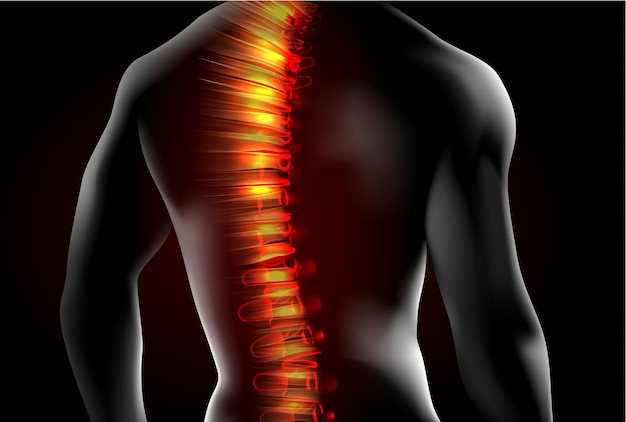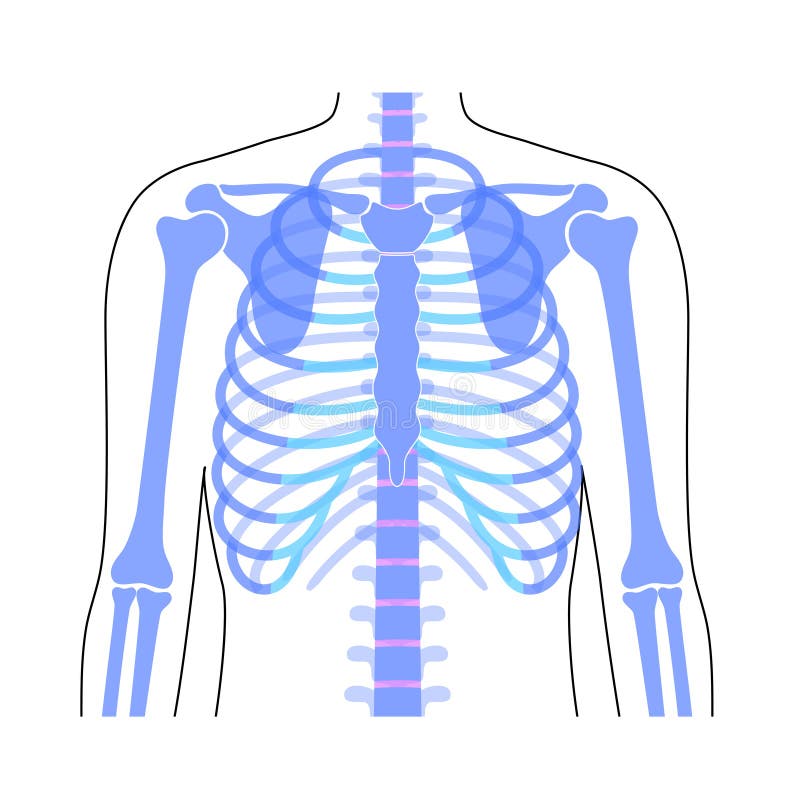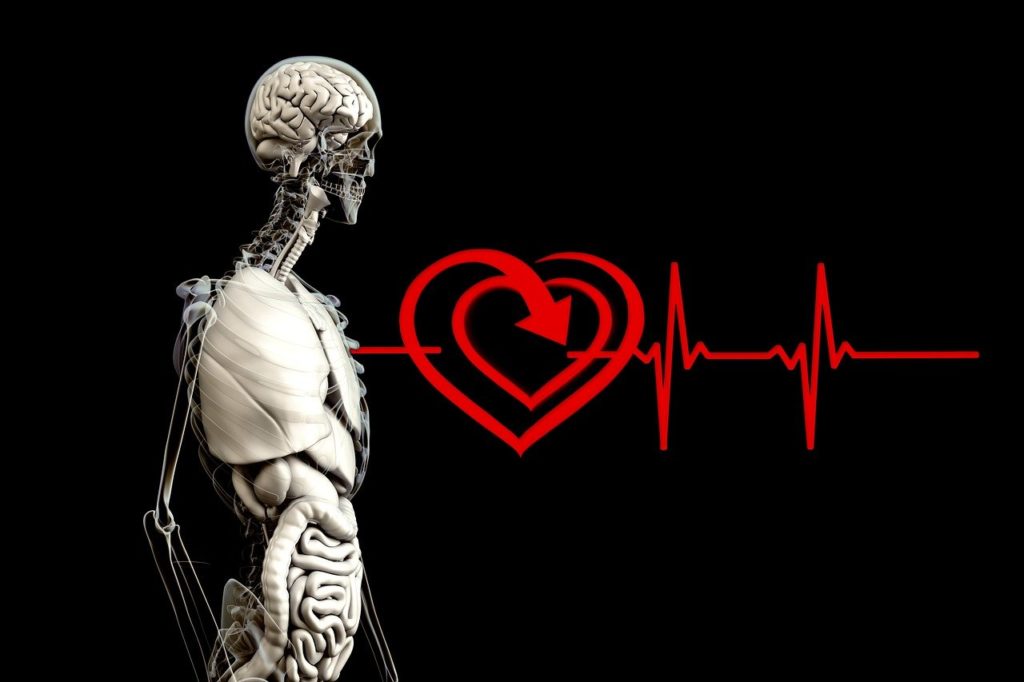Every year, on Halloween, we get to see vampires, zombies, ghosts and bony skeletons grinning back at you. Even though vampires, zombies and ghosts don’t really exist (sorry to all Twilight and Walking Dead fans), but skeletons surely do. And, today is time to look at the axial skeleton, which forms the central axis of the human body.
The Axial Bones
The Backbone/ Vertebral Column:

The skeleton of a man’s body is built around a backbone, just as the skeleton of a ship is built around a keel. So important is the backbone or vertebral column that it serves to divide the animal kingdom into two important groups – the vertebrates, who possess it and the invertebrates, who do not. Fishes, frogs, reptiles, birds, beasts and man himself are vertebrates, they all have backbones constructed on the same basic plan. The invertebrates include worms, snails, lobsters, insects and a multitude of other living things.
The backbone is made up of a number of small cylindrical blocks and each of these blocks is fastened to its neighbor by a disc of resilient cartilage, which absorbs shocks and strains. The blocks are called vertebral bodies or vertebrae while the discs of the cartilage are called intervertebral discs. The backbone can sway and bend and at the same time, it is rigid enough to support the head and can serve as a place of attachment for the ribs and the hip bones.
Behind the sturdy column of bony blocks lies the delicate spinal cord, which runs through a series of arches of bone, each forming part of one of the vertebrae. And the spinal cord is usually protected by three layers of membranes.
The backbone is made up of twenty-four vertebrae, which fall into three main groups. First there are the seven cervical vertebrae in the neck. The twelve vertebrae in the chest are called thoracic, from thorax, the Greek word for chest. Then, finally there are the five lumbar vertebrae in the loin or small of the back.
As the first cervical vertebra supports the head in like fashion, it is called the atlas (similar to the mythical giant in Greek mythology which is said to support the earth on his shoulders). It is actually a ring of bone broadened at the sides into two concave surfaces on which the head is poised and on which it can rock back and forth in nodding.
The second cervical vertebra is called the axis. Why? Well, because it has a short axis like a peg of bone projecting upward into the ring of the atlas. Around this peg, the head and atlas pivot when the head is shaken from side to side.
The cartilage discs between the vertebrae of the lumbar region are very thick and therefore the spinal column is most flexible in this region.
The Ribs:
 The ribs consist of twelve paired bows of bone, with one pair attached to each of the twelve thoracic vertebrae. They swing toward the front of the body and to their ends are attached elastic bars of gristle known as rib cartilages. The first seven pairs of these cartilages reach the breastbone at the front of the chest and the ribs to which they are attached are known as the true ribs. The next five pairs of ribs are called the false ribs.
The ribs consist of twelve paired bows of bone, with one pair attached to each of the twelve thoracic vertebrae. They swing toward the front of the body and to their ends are attached elastic bars of gristle known as rib cartilages. The first seven pairs of these cartilages reach the breastbone at the front of the chest and the ribs to which they are attached are known as the true ribs. The next five pairs of ribs are called the false ribs.
When we take a breath, the ribs are lifted upward and swing out and the lower part of the breastbone swings forward too. All this increases the girth of the chest. At the same time, the diaphragm contracts and this lessens the curvature and lengthens the up-and-down dimension of the chest. This increase in chest size allows air to be drawn into the lungs through the trachea or windpipe.
Not only do the ribs play an important part in breathing but they also shield the heart and lungs. Some of the abdominal organs such as the stomach, liver and kidneys are protected by the lower ribs.
Was this article helpful? If yes, please share your comments below and don’t forget to come back for part 3.


